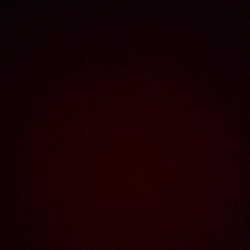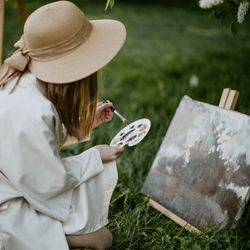
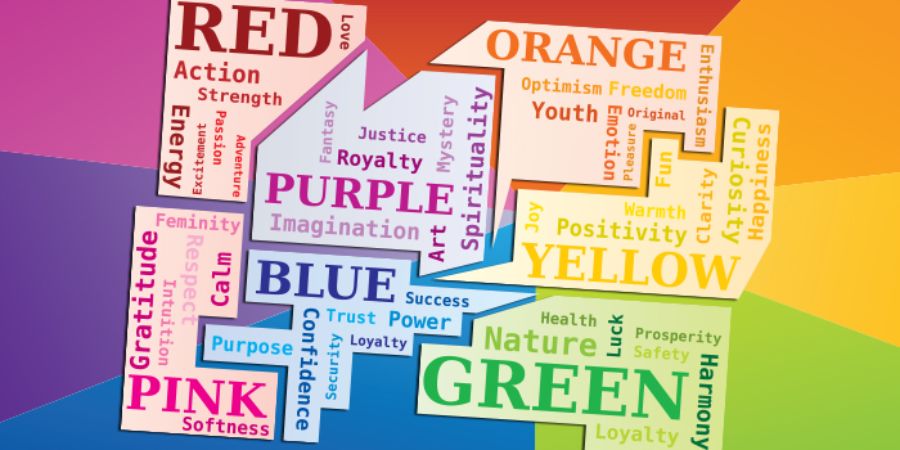
Since our childhood, we have been attracted by the various shades of beautiful colours all around us. We were taught how to use colours to draw, play, paint, learn, create and grow. Colours have always been pleasing to the human eye. The colourful world around serves as an inspiration and source of joy to humans in search of it. Colours have inspired humans to use the arts as a medium of expression and pleasure. However, colours impact us much more than we think. They impact our personalities, our decisions, our mood, our feelings much more than we think they do.
Colour Psychology is the study of colours as a determinant of human behaviour. It has been observed that certain colours evoke particular emotions in the human mind. Using colours, humans can be healed, helped, calmed and even manipulated. Seeing the impact of colours on humans, it is indeed true that the use of colours can be extended beyond drawing and painting. They are being used today in our everyday life to create an impact in various ways.
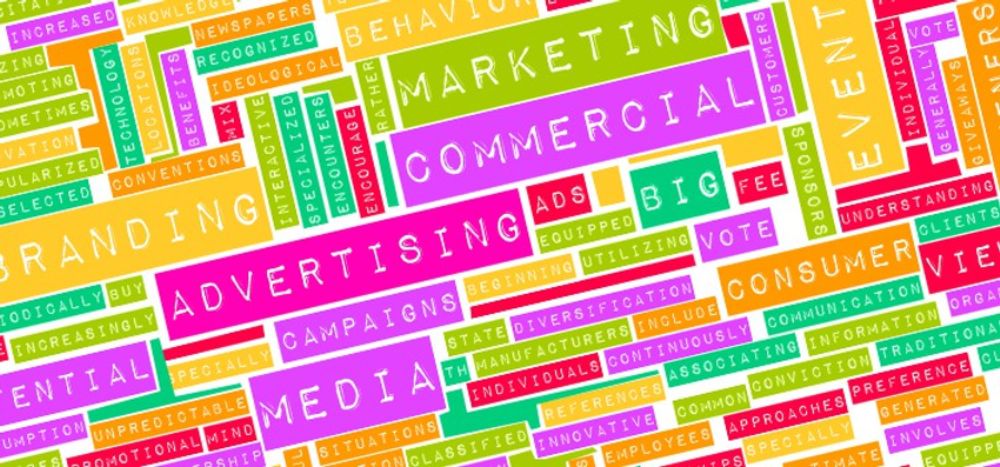
Human decisions seem to be easily influenced by colours. Hence, they are used in the marketing industry on a daily basis. The colours of logos, walls, furniture and window displays of shops, restaurants, etc. should match the goods and services that they intend on providing. For example, since red and yellow colours have been found to encourage appetite, you will find these colours on the walls and logos of most restaurants and food chains in order to make passers-by feel hungry and think about getting a meal inside. Red colour has also been found to attract spontaneous buyers. Similary, a spa makes use of cool shades like blue, green to provide a sense of relaxation and calmness to the intended customers to tempt them to avail their relaxing services and feel fresher.
Though the impact of colours on the human mood is a much debated topic and requires much more scientific research, colour therapy is gaining popularity as a form of alternative treatment. Colour Therapy is the use of colours and coloured lights to heal various physical and mental ailments. Different colours are believed to heal different ailments. Appropriate coloured lights are shone on the body parts which need healing. It can also be done by staring into the colours but with utmost care so as to not cause strain to the eyes. These days, saunas are also offering colour therapy baths. Light therapies are being used to cure depression. According to Indian Philosophy, there are various chakras on the body and a specific colour can be used to balance a specific imbalanced chakra for the smooth functioning of the body.
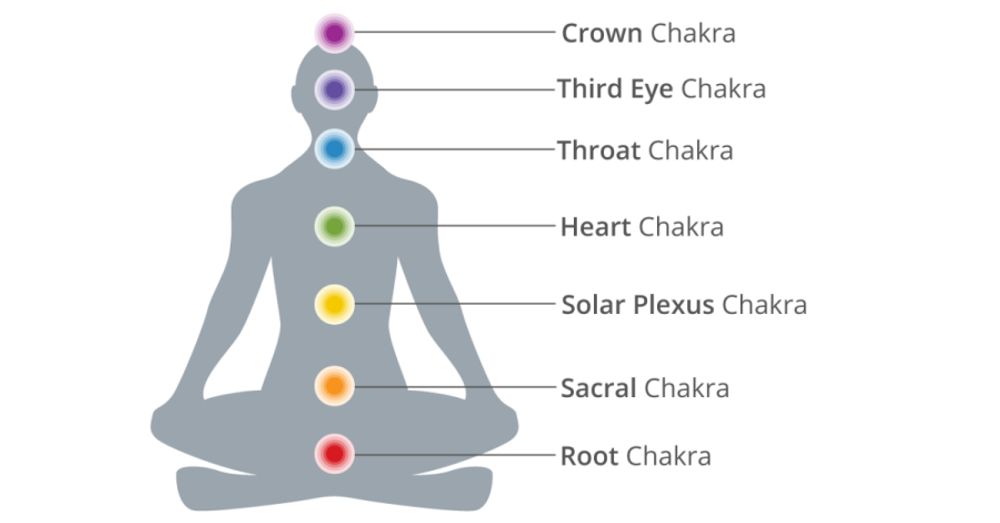
The concept of colour therapy is based on the idea that colours create vibrations or electrical impulses in our body which stimulate hormonal or biochemical processes in our body. These processes stimulate us leading to a healing and calming effect. It cannot be considered as an alternative to medicine, but can be used alongside medicines for its health boosting effects.
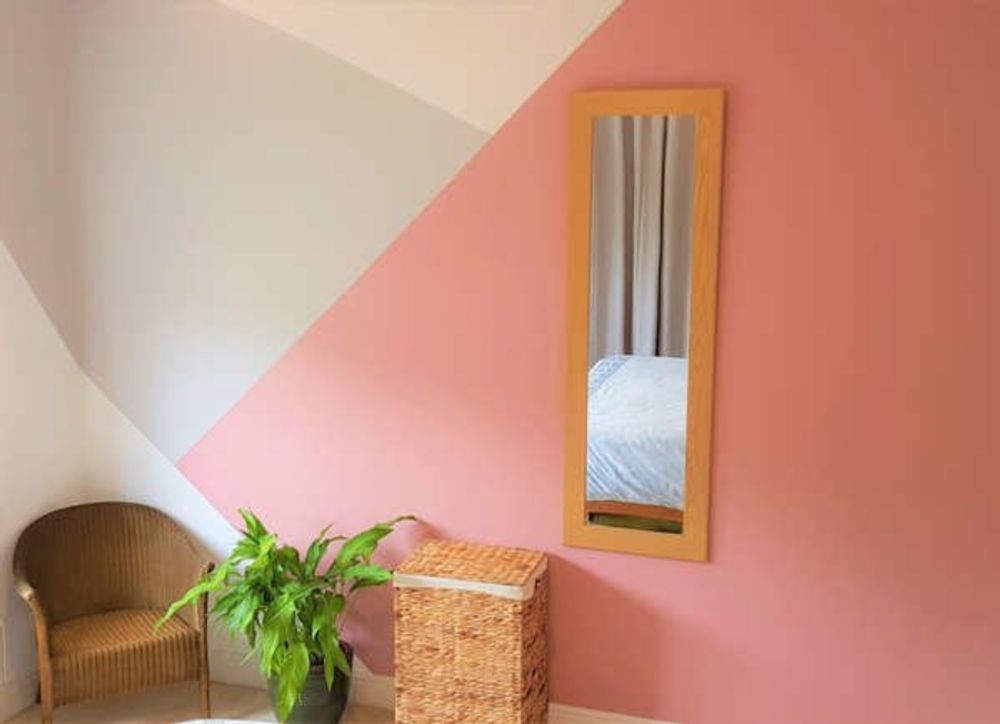
While deciding the colours on the walls of our homes, we tend to choose warmer colours for the living room walls for a warm and welcoming feeling. For the bedroom, it is recommended to go for cooler hues such as blue, purple and green as these relax the mind and induce sleep easily. For children's rooms, softer hues such as pink, lavender, blue are given preference. Thus, while selecting a colour for the wall of any room, we keep in mind the effect which we want to produce when stepping into those rooms. After which, we select the hue which best matches our expectations. This is how Colour Psychology impacts our decisions regarding the walls of our homes.
Hospital Walls make use of Colour Psychology too when selecting the hues on their walls. Colours which have therapeutic effect on the minds of the patients are selected for the walls of the hospitals. Children's wards and hospitals make use of a lot of bright and beautiful colours on the walls as well as have a lot of colourful cartoons painted on the walls to evoke joyous and cheerful feelings inside the child's mind. Use of therapeutic colours help relax the minds of the patients which also helps in physical healing.
The study of colours and their impact on humans has gained a lot more popularity than before, however, it is still in a very initial stage. It is still referred to as a pseudo science. More studies and research on Colour Psychology and Colour Therapy should be encouraged which can prove to be beneficial to both the physical and mental health of humans as the impact of colours on the human psyche cannot be denied. Though it cannot be treated as a replacement of medicines, it can still be used as a form of treatment which can help boost healing.
What are your opinions on Colour Psychology? Can it be considered as a real Science? Should more studies be encouraged on it? Please do share your thoughts in the comments.



